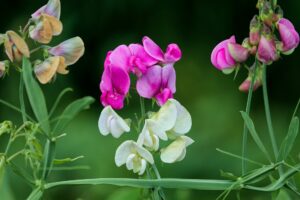In this comprehensive guide, we’ll explore various ideas and techniques for landscaping in full sun, ensuring your yard thrives in bright conditions while looking stunning year-round.
Choosing the Right Plants for Full Sun
When it comes to landscaping a sun-soaked front yard, the plant selection is crucial. Here are some categories of sun-loving plants that can provide vibrant color, texture, and structure:
Perennials
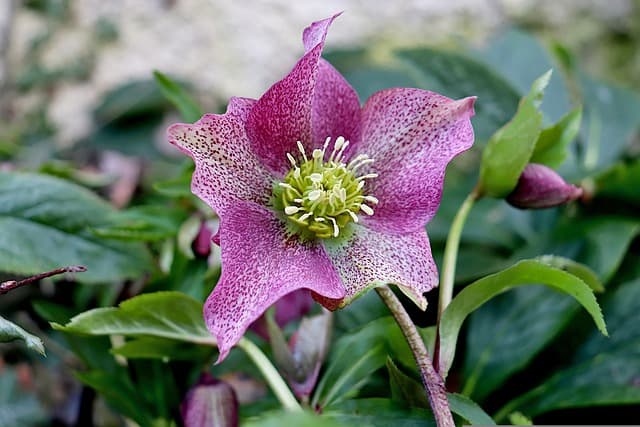
Perennials are a great way to create a sustainable garden. They come back year after year, saving you the effort of replanting. Some popular sun-loving perennials include:
Echinacea (Coneflower): Known for its striking purple petals and sturdy structure, coneflowers are drought-resistant and attract pollinators.
Rudbeckia (Black-eyed Susan): This cheerful yellow flower brings warmth to any landscape and can bloom from summer to fall.
Lavandula (Lavender): Not only does lavender add beautiful purple hues, but it also emits a delightful fragrance and attracts bees, making it a dual-purpose plant.
Shrubs
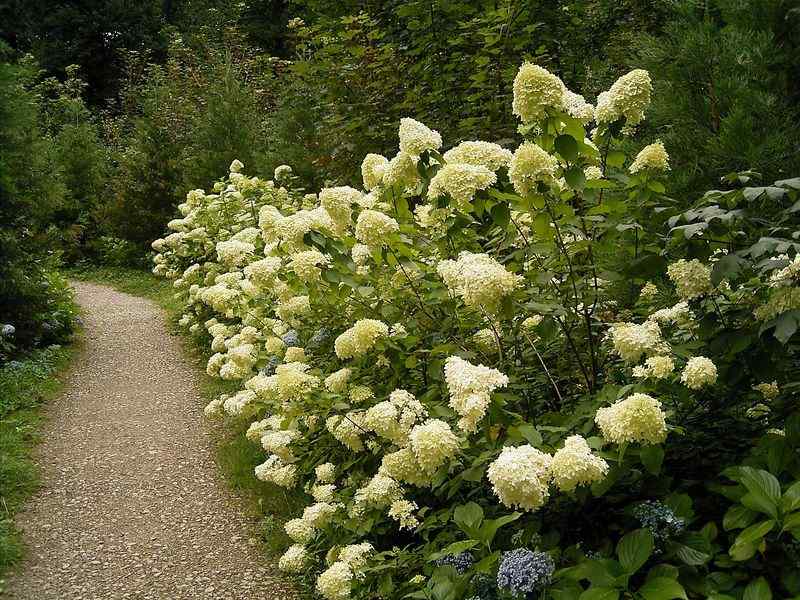
Incorporating shrubs can add height and depth to your front yard design. Choose those that can tolerate direct sunlight, such as:
Hydrangea paniculata: This variety of hydrangea thrives in full sun and offers large panicles of flowers that can vary from white to pink.
Spiraea: These hardy shrubs produce delightful clusters of pink and white flowers throughout the summer.
Aronia (Chokeberry): A resilient shrub that flourishes in full sun, Aronia produces white flowers followed by dark berries, attracting wildlife.
Ornamental Grasses
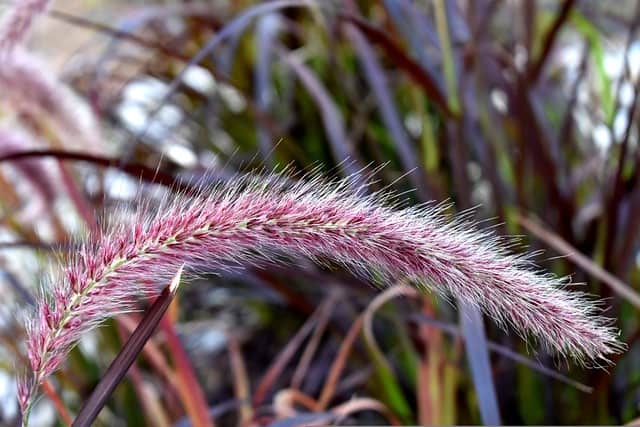
Incorporating ornamental grasses can add movement and texture to your landscaping. They require little maintenance and can enhance your landscape throughout the seasons. Consider:
Miscanthus sinensis (Maiden Grass): This grass features tall plumes that add elegance and drama.
Calamagrostis (Karl Foerster Grass): Offering vertical height, Karl Foerster grass thrives in full sun and provides visual interest year-round.
Pennisetum (Fountain Grass): The fluffy plumes of fountain grass sway gracefully in the wind, bringing a soft contrast to rigid plantings.
Annuals for Seasonal Color

While perennials come back year after year, annuals provide seasonal bursts of color. They typically need replanting each year but can be well worth the effort. Choose from:
Petunia and Bacopa: Both are resilient and provide vibrant blooms that last all summer.
Zinnia: These flowers radiate color and are easy to care for.
Marigolds: They not only add bright oranges and yellows to your lawn but also deter some pests.
Designing for Visual Impact
When planning your front yard, consider not only the type and color of the plants but also their placement and arrangement. Here are some design principles to keep in mind:
View this post on Instagram
Have you considered a layered look for your front yard? It’s a simple yet effective way to add dimension. I love how they’ve used varying heights and textures of plants here – it really elevates the curb appeal. The dark mulch helps make the plant colors pop. Plus, the formal symmetry close to the house contrasting with the more relaxed planting bed by the sidewalk is really appealing.
View this post on Instagram
This design really uses texture to add interest, doesn’t it? I love how the different greens pop against the white rock! Plus, the way the grass walkway meanders through the space is so inviting. It’s formal without feeling stuffy, you know? And all those sunny spots are perfect for these plants to thrive.
View this post on Instagram
One thing I’m loving about this landscape is the clean and modern vibe! The symmetrical evergreens lining the walkway give it a really formal feel but the natural stepping stones offset that and it gives it a comfortable feeling. And that cute little tree bursting with color adds just the right touch of whimsy so it doesn’t get too serious. Plus, the tidy gravel and trimmed shrubs keep everything looking polished without being over-the-top. It’s a great blend of style and easy-care.
View this post on Instagram
Have you considered something classic and structured like this? The shaped trees give a touch of elegance, and that lower hedge offers great texture and a pop of green. I think it’s a smart way to add interest without blocking the house. Even the black decorative gravel adds to the design. Plus, the trees provide nice vertical interest!
View this post on Instagram
I love how natural and relaxed this front yard feels! The mix of ornamental grasses with those little creeping plants softening the edges of the path and walls is a really nice touch. I’m also drawn to how they’ve used larger stones as subtle accents, breaking up the textures in a way that feels effortless. Plus, using concrete for retaining walls adds a modern, clean element that works great with the plants. It’s an achievable look, wouldn’t you say?
View this post on Instagram
I’m really digging how this yard uses a low rock wall to create visual interest and dimension. The way they layered the different plants behind the wall adds so much texture. And the neatly trimmed hedges provide a nice contrast to the more free-flowing plants. I can imagine those little shrubs in front of the house would be really easy to maintain, but still look really classy. I also like that you could easily scale it down if you needed to for a smaller yard.
View this post on Instagram
I love the way the dark rocks contrast with the pops of color from the flowers and that Japanese maple! It’s a really clean, modern look but still feels inviting. Plus, the grass is kept neat and simple which makes the whole front yard look polished. I especially like the use of different textures and heights to create visual interest without being too busy, it is a good option to keep a yard looking modern. This is a great example of how to use full sun to your advantage.
View this post on Instagram
If you are looking for something modern that still feels natural, this one might spark some ideas! I love how the clean lines of the walkway and the wall contrast with the softness of the grasses. And those boulders! They add such a cool, sculptural element and are so low maintenance. Plus, the different textures make the whole space really interesting, even with the minimal color palette. It has that perfect balance of curated and wild!
View this post on Instagram
This design is pretty cool! I love how the dry creek bed adds some visual texture and a natural feel. Plus, the pops of color from the lupines are seriously eye-catching and happy! The grasses add some softness and movement. It feels like a really thoughtful way to blend beauty and practicality, you know? I’m thinking of something similar for the front of my place!
View this post on Instagram
I really like how the vertical trees create a strong, modern statement against the architecture of the house. The bright green shrubs contrast with the dark mulch, adding a lushness without feeling overgrown. It’s a simple design, but the repetition of the plants makes it feel really sophisticated and intentional, it’s a nice way to frame that entrance. I think you could easily adapt this style with plants that suit your local climate too!
View this post on Instagram
I was drawn to the architectural simplicity in this design and think you might also be! The large concrete planters give it such a modern, clean look, which I love. And that long planter bed right by the house? Brilliant! Imagine filling it with vibrant greens, maybe even some pops of red, to really make the house stand out. This design feels manageable, like a project I could tackle without feeling overwhelmed.
View this post on Instagram
This yard has a ton of character, right? I’m loving the way the walkway curves and uses different materials – brick, stones, and pavers give it a unique feel. The steps leading up add some dimension and that terraced garden bed is a showstopper. I can just imagine all the colors popping against the green lawn! It feels so welcoming and well-maintained, don’t you think?
View this post on Instagram
Have you thought about using rock features to help break up your landscaping and add some texture? I really like how this design layers different plants in front of the house to add depth. Plus, the black mulch gives a modern feel, making the greenery really pop. The pink flowers and white hydrangeas are so pretty too, they make it feel welcoming, don’t they? It seems really easy to maintain too!
View this post on Instagram
I am really loving this design! How about mixing in some low hedges with interesting textures and colors? The stone pedestals and pathway really add a touch of elegance, right? It feels both structured and welcoming with the perfectly shaped bushes and splashes of flowers. Plus, the rock accents are a really nice touch.
View this post on Instagram
Okay, so this is really interesting, right? The strong architectural lines and the concrete against that dark wall – it’s so modern and yet kind of Zen. I like the idea of those succulents providing a bit of green without being fussy in the sun, and a single small tree. You could totally adapt this to work with different plants that thrive where you are, keeping that overall clean and bold look, maybe add some native grasses.
View this post on Instagram
I’m really digging this design, it feels so calm and modern. The wispy grasses really soften the hard lines of the house and walkway. I love the way the different textures and heights of the plants play off each other. Plus, that perfect lawn with those spaced-out stone squares has such a clean, welcoming look. It’s a great balance of structured and natural elements, don’t you think?
View this post on Instagram
How about this for a sophisticated, yet approachable look? The mix of sculpted greenery with the clean lines of the pavers is really striking. I love the idea of using ground cover between the pavers to soften the walkway, and the manicured shrubs and tidy lawn keep things feeling crisp. It’s a great way to create a welcoming and classic entrance without feeling too stuffy. It’s a design I can really picture enjoying every day.
View this post on Instagram
I’m really digging this walkway! I love how the crazy-paving style blends so naturally with the surrounding stones and garden beds. It gives a natural, organic feel, doesn’t it? And the way the plants are layered – with taller greenery in the back and pops of color closer to the path – makes it feel so lush. The little pond/water feature adds a touch of zen, too. So peaceful and inviting!
View this post on Instagram
Check out this design! It really gives off this super calm, elegant vibe right? I love how the stone pathway cuts through all those lush green bushes and little white flowers. I think it would be beautiful in full sun and add some real curb appeal to your home, right? It’s classic but still feels fresh, you know?
Layers and Heights
Creating depth in your landscape is essential, especially in smaller yards. Use taller plants at the back and shorter ones in the front to create a layered effect. For example, position sunflowers or hollyhocks at the back and frame them with shorter plants like marigolds or snapdragons in front. This design enhances visibility and gives the garden a polished look.
Color Schemes
There are several approaches to color schemes. You can either:
Monochromatic Color Schemes: Select plants in varying shades of a single color, which creates a serene and sophisticated look.
Contrasting Color Schemes: Choose complementary colors like purple and yellow or red and green to create a lively and dynamic landscape.
Focal Points
Include a focal point in your garden to draw the eye. This could be a unique plant, a piece of art, or a beautifully designed birdbath. Position this focal point strategically so it can be appreciated from the street or your front porch.
Pathways and Edges
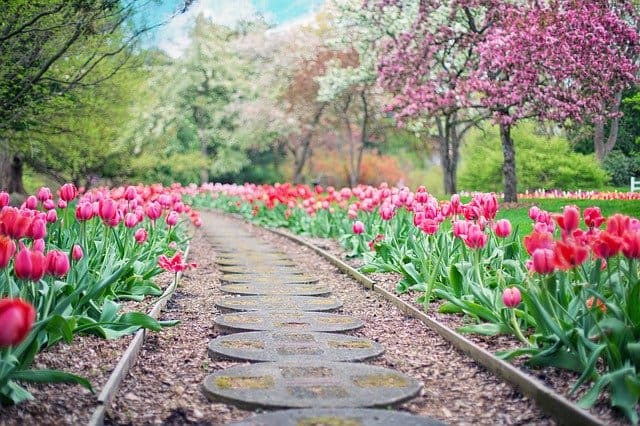
Adding pathways not only enhances accessibility but also smooths the visual flow of your landscape. You can choose materials like gravel, stepping stones, or natural stone. Use edging materials such as bricks or timber to define plant beds and make it look tidy.
Hardscaping Elements: More Than Just Plants
While plants are the heart of landscaping, hardscaping is equally vital in creating an inviting space. Here are some hardscaping ideas that complement a full-sun front yard:
Patios and Seating Areas
Constructing a small patio or seating area creates a perfect escape to enjoy your garden. Use materials that can withstand direct sunlight, such as stone or composite wood, for a durable outdoor space. Adding a few chairs or a picnic table can enhance usability.
Walkways
Incorporating walkways can avoid muddy patches and reduce wear on your grass. Create paths with gravel, flagstones, or pavers that accentuate the style of your home while allowing for easy access throughout your yard.
Decorative Fencing
Consider adding a decorative fence or trellis as a boundary for your garden. Besides providing privacy, these structures can be adorned with climbing plants such as clematis or jasmine, adding vertical interest and fragrance.
Garden Structures
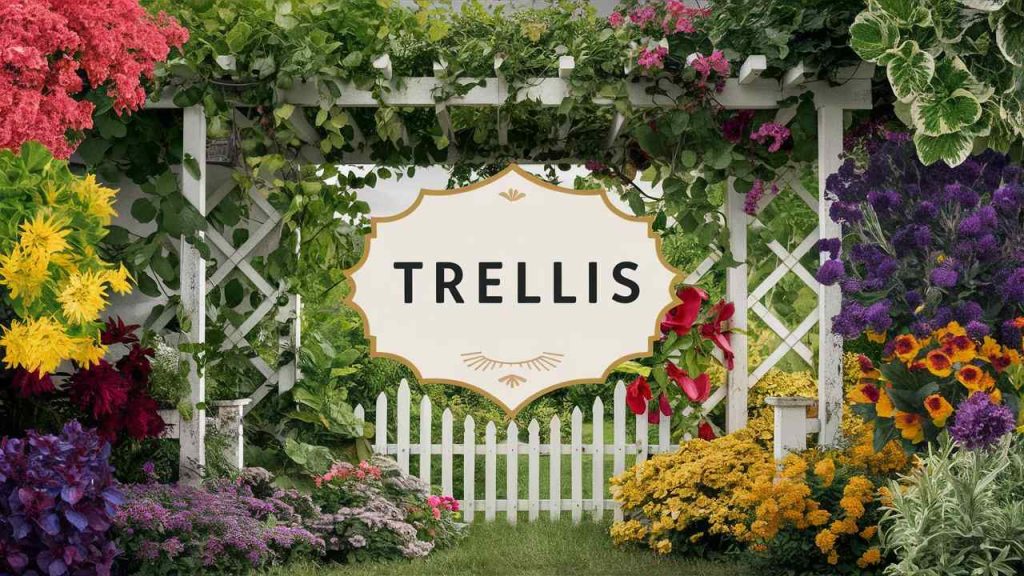
Arbors, pergolas, or trellises can create shade in certain areas of your yard while enhancing its aesthetic appeal. They can support climbing plants and provide an interesting design element that invites visitors to explore.
Understanding Full Sun Landscapes
Before diving into specific landscaping ideas, it’s essential to understand what “full sun” means in the gardening world. Generally, full sun refers to areas that receive six or more hours of direct sunlight each day. Plants that thrive in these conditions tend to have adaptations that allow them to withstand intense heat and bright light.
The first consideration for any landscaping project is to assess your unique environment. Note the differences between your sun exposure at various times of the day, as well as other factors such as soil type, drainage, and wind patterns. These elements will influence your choice of plants and design strategy.
Utilizing Mulch and Soil Enhancements
One of the keys to a successful and vibrant landscape in full sun is proper mulching and soil conditioning. Here are some tips to maximize these benefits:
Organic Mulch
Using organic materials, such as shredded bark or wood chips, can enhance the soil quality as they decompose. It encourages healthy growth while providing nutrients to your plants.
Soil Amendments
Consider testing your soil pH and nutrient levels. Sun-loving plants prefer well-drained soil enriched with organic matter. Add compost or well-rotted manure to improve soil fertility and structure. Always ensure you don’t create a dense layer that could inhibit water drainage.
Irrigation Solutions
Even in full sun, proper watering is essential, especially during dry spells. Installing a drip irrigation system can deliver water directly to the roots, preventing issues like overwatering. Alternatively, hand-watering early in the morning can help maintain moisture.
Seasonal Consideration and Climate Adaptability
When planning your front yard landscaping, consider how your designs will evolve seasonally. Full sun landscapes often experience seasonal changes, and plants may need to adjust accordingly. Here are a few points to ponder:
Seasonal Blooms
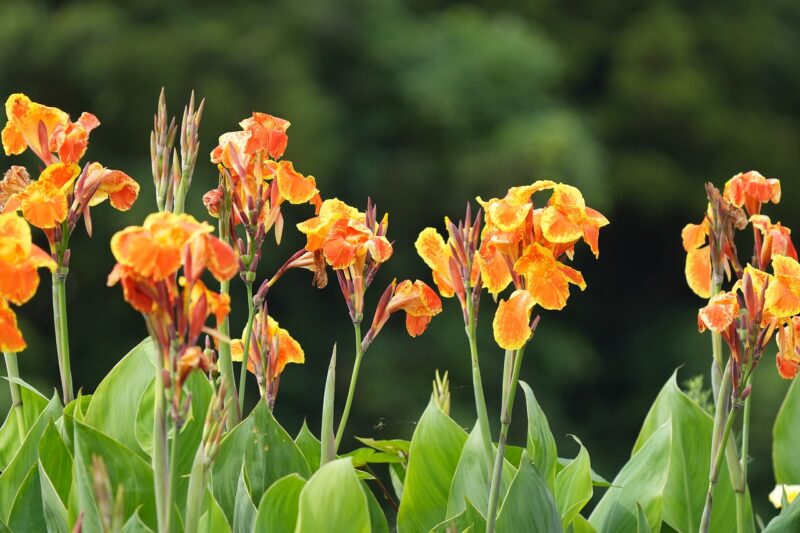
Select a mix of plants that bloom at different times of the year. Early spring bulbs such as daffodils and tulips, followed by summer blooms like daisies and echinacea, and autumn treasures like asters or chrysanthemums will ensure your yard remains vibrant throughout the seasons.
Winter Interest
Incorporate evergreens, ornamental grasses, and plants with interesting bark to provide year-round interest. Planting perennials that retain their foliage into winter can help maintain a lush appearance, even in colder months.
Local Climate Adaptation
Be mindful of your local climate conditions—temperature extremes, rainfall patterns, and native plant species can inform your design choices. Native plants are often well-equipped to handle local environments, adapting well to changes in sun and moisture levels.
Embracing Sustainability in Your Landscape
As we beautify our front yards, integrating sustainable practices can enhance both aesthetics and environmental impact. Here are some eco-friendly landscaping techniques:
Xeriscaping
Xeriscaping involves designing landscapes to minimize water usage. This method utilizes drought-resistant plants, efficient watering techniques, and soil improvement to create beautiful gardens that require less irrigation.
Native Plants
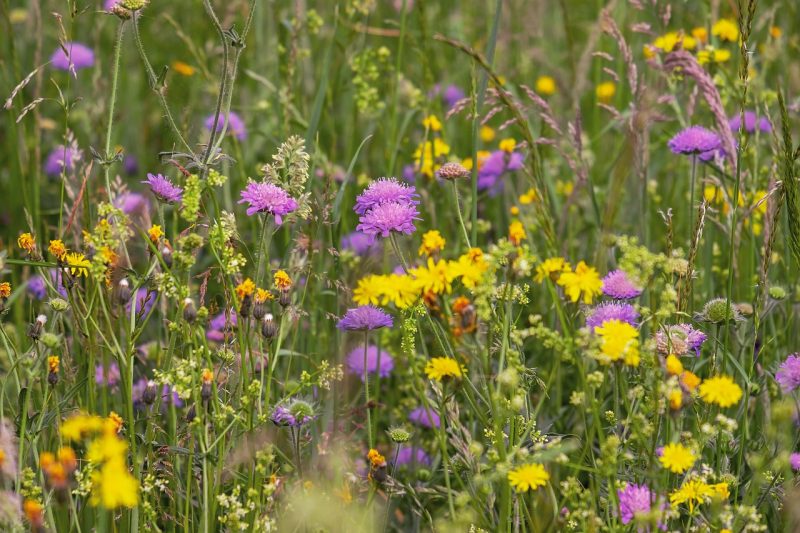
Choosing native plants not only supports local ecosystems but also reduces maintenance. Native species are less susceptible to local pests and diseases, making them resilient choices for your full sun garden.
Wildlife Friendly Gardening
Create habitats for local wildlife by incorporating plants that attract birds, butterflies, and beneficial insects. This adds life to your garden, enhancing its ecological value while providing color and movement.
Conclusion: Crafting Your Sunlit Sanctuary
Landscaping a front yard bathed in sunlight offers unique possibilities for creativity and expression. By selecting the right plants, utilizing design principles, incorporating hardscaping, and caring for your soil, you can create a vibrant, inviting space that enchants all who visit.




